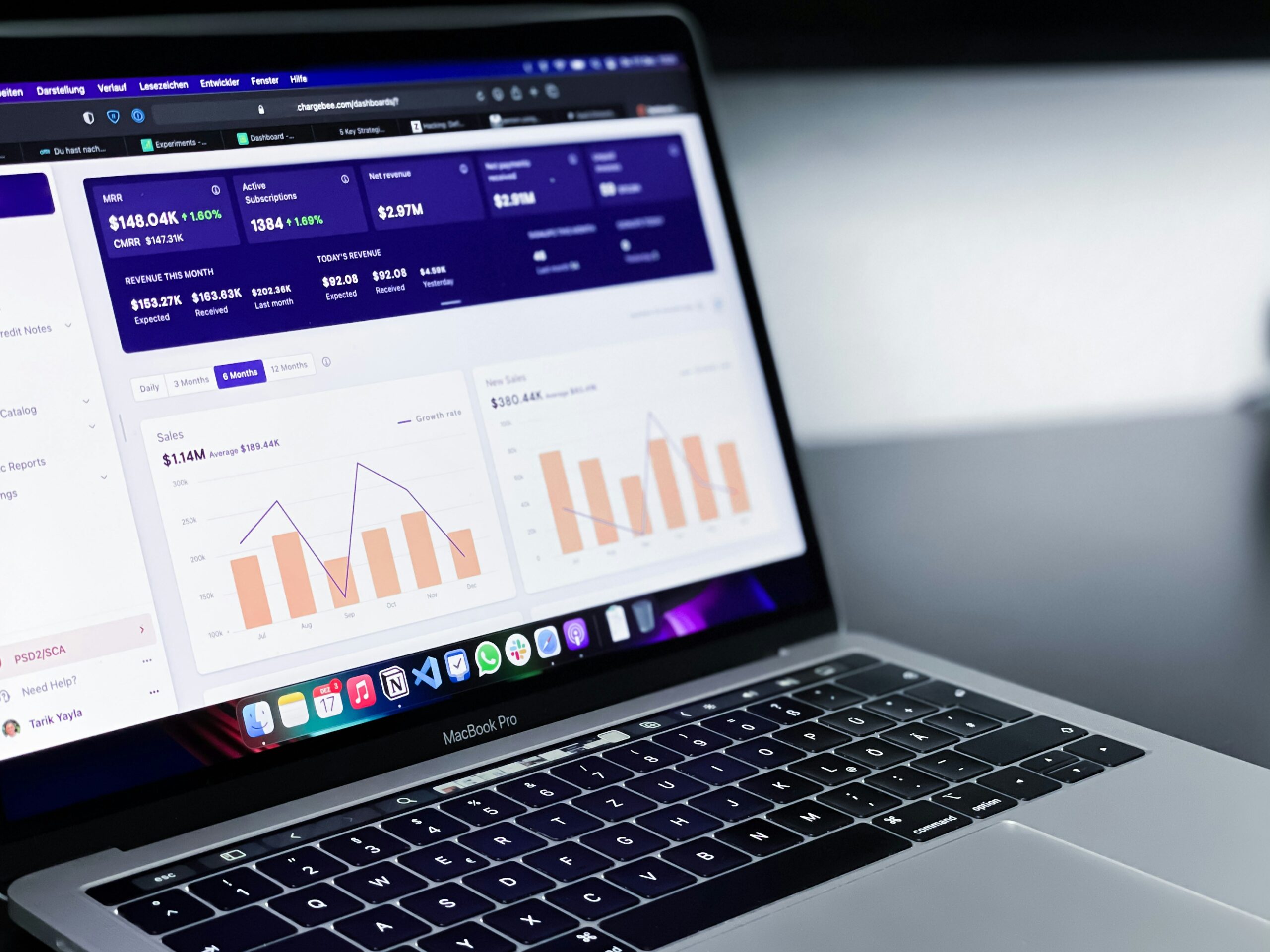
Do KPIs Matter for a Business?
I recently watched an episode of Shark Tank where a participant said, “If you don’t measure, you cannot improve.” That got me thinking—how true is this statement? And more importantly, are KPIs all that really matter?
In business, it’s widely accepted that measurement is key to understanding performance—whether at an organizational, team, or individual level. We use KPIs (Key Performance Indicators), KRAs (Key Result Areas), OKRs (Objectives and Key Results), and many other metrics to track progress. And while it’s true that you need to know your starting point to map a route to success, the real question is: Are we measuring the right things?
Leading vs. Lagging Indicators: What Should You Focus On?
Most organizations, regardless of size, track an array of KPIs on a weekly, monthly, or quarterly basis. However, a common pitfall is that many of these KPIs are lagging indicators—they measure past performance rather than predicting future outcomes.
While lagging indicators are valuable, they only tell you what has already happened. To drive meaningful change, organizations must focus on leading indicators—metrics that provide insights into the future and allow leadership to influence outcomes. An example is measuring contract-based revenue forecast (lagging because it a contract) vs measuring the quality of your pipeline (future revenue). An even better leading metric is to measure the activities that lead to a higher quality of pipeline.
A Good Rule of Thumb:
Aim for a 2:1 ratio of leading to lagging indicators. This ensures that review conversations focus on future strategy rather than just analysing past performance.
The KPI Overload: When Less is More
Businesses constantly evolve—competition, market disruptions, technology, and customer expectations all shape what is relevant at any given time. With every new challenge, companies introduce new KPIs, leading to an overwhelming list of metrics.
Here’s the problem: What gets measured gets done, meaning employees often see KPIs as direct indicators of success. If you have too many, priorities get diluted, and focus is lost. It pays to cut out the noise.
What should you do?
✔ Regularly review KPIs—eliminate those that are no longer relevant.
✔ Avoid duplication—if two metrics are highly correlated, track only the most impactful one.
Tailoring KPIs to Business Maturity
The KPIs that matter most depend on the stage of your business:
- Startup (10 employees): Focus on acquiring early customers and maintaining cash flow.
- Scale-up (100 employees): Prioritize revenue growth, operational efficiency, and market expansion.
- Established (1,000 employees): Measure profitability, customer retention, and employee engagement.
- Mature (10,000+ employees): Shift focus to innovation, long-term sustainability, and maintaining industry leadership.
Even within a mature organization, different business units may be at different stages of evolution, requiring different KPIs to track success.
Beyond the Numbers: What’s the Story?
At the end of the day, KPIs are just numbers—they don’t tell the full story. Getting them right matters because they shape organisational behaviour and culture. To truly understand performance, you must:
🔹 Spend time with your teams.
🔹 Engage in real conversations.
🔹 Look beyond the data to understand the context behind the numbers.
So, ask yourself: What is your story? Because the right KPIs don’t just measure progress—they help you shape the future.
Final Thoughts
✔ Focus on leading indicators to influence the future.
✔ Review and refine KPIs to avoid metric overload.
✔ Align KPIs with your business stage and strategic goals.
✔ Use KPIs as a tool, but don’t rely on numbers alone—understand the story behind them.
Would love to hear your thoughts! How does your organization ensure it’s measuring the right KPIs? Let’s discuss in the comments.
